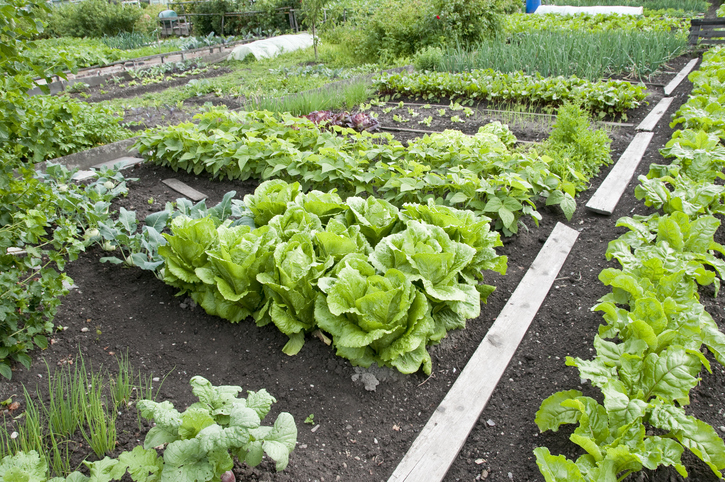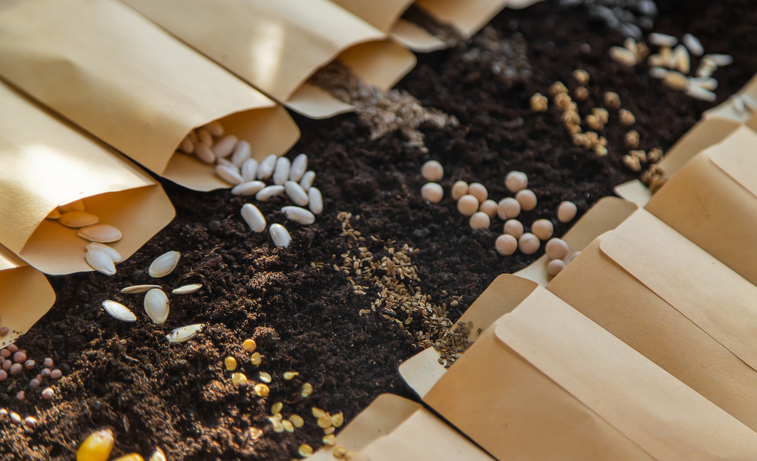Community gardens provide infinite possibilities to teach the curriculum, and I mean infinite. As I think back on my best learning experiences, almost all were through a non-traditional approach. This means that I was doing something or studying something that didn’t fit normal instructional delivery methods or the topic was unique. Examples would be European History in high school w/ a Russian history focus, the Reformation during college, building a maze for a Mrs Frisby and the Rats of NIMH book project(and the mouse got loose in the classroom!) during second grade, going to a private school on a farm complete w/ classrooms in a barn, sitting through a rainy weekend on my first Boy Scout camping trip, and spending a couple of summers in Israel at the Baptist Village. What I learned was off the charts and meaningful. Thankfully I never had to attend a school which was data driven – I literally would have dropped out.
That brings me to community gardens. I grew up working in a garden. So, when I had access to raised beds at my second teaching school, we got to work. We grew anything we could get our hands on. (Don’t grow hot peppers – just don’t. LOL – we live and we learn.) The custodial staff took care of the garden during the summer in exchange for keeping some of the harvest. Students, who are used to canned lessons, learned to start something from seed, provide nutrients, provide water, and then watch it grow. We journalled about it. We studied life cycles and water cycles. We learned about the histories of seeds(more on that later). We shared our harvest. Kids who had seen nothing but destructive lifestyles at home…they got to see something grow and live with the right nourishment and care. We had to learn to persevere. Gardening is hard work. Learning to grow something with your own hands is the payoff. At heart, growing something is a survival skill.
And here is a big payoff. Kids get to go outside. They get to move and learn at the same time which is playing with house money from a developmental standpoint.
Here are a few tips for teachers or admin looking to do this:
- First and foremost you need someone who will champion this cause. They need to know they will have to be on call to water during the hot summer months and just to be available as a garden contact. They really need to like gardening or it won’t work.
- Start small. If your school buys-in, you won’t have to ask if they want to make it bigger.
- Find a sunny, well drained spot. Fence it off w/ tall, welded wire fence from Lowe’s. Gate it and lock it. If you don’t fence it, something will find it and eat it – rabbits, possums, raccoons, bears, groundhogs, and deer all love gardens. By locking it, you can at least keep out lazy vandals.
- Choose easy crops which work in your area. I will provide a list below of good things to grow.
- This garden shouldn’t look perfect. So, let the kids learn. They are gonna make mistakes. We had our entire okra crop weeded-out one year by a well meaning student!
- Study history. It is amazing how many of our seeds have a rich, rich history. I am on an Italian heirloom kick lately. I also like growing Russian heirlooms. The community gardens of Moscow are a great unit altogether. Many of those gardens helped Russians survive starvation. South American and African heirlooms are plentiful. Many heirlooms today were passed along by former slaves. In my own garden I grow foods from every continent but Antarctica.
- Grow for someone specific. This provides a purpose. Our favorite restaurant is a Middle Eastern restaurant in the region. We grow okra, fava beans, tomatoes, and a cucumber variety similar to where they grew up. It is our way of saying, “Thank you for sharing your food and family with us.”
- Make sure you can get a water source to your garden! You do not want to be hauling water. Preferably, install a locked spigot at the garden itself.
- 4’x8′ raised beds are preferable. Start with a couple and then build from there.
- Garden tools. Teach safety. Choose tools which aren’t overly sharp. Give kids plenty of space when using them.
- Weeding. Nobody likes it, but it has to be done.
- If you really get into things, buy a grow lab w/ UV lights and start plants from seed. I know people who have hatched chickens and given them away!(probably can’t do the chicken deal now)
- Build a schedule of garden volunteers for the summer. For safety reasons, make sure students are supervised by a parent or school staff member at all times – that means both during school and/or summer hours.
Discover more from Rob's Innovation in Education Blog
Subscribe to get the latest posts sent to your email.




